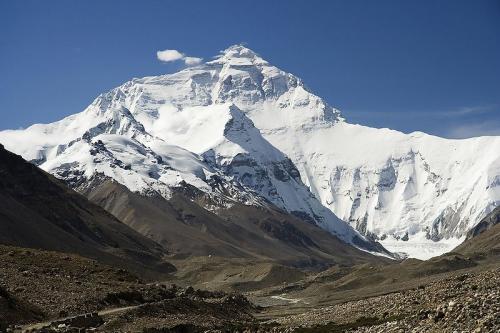Nepal's Himalayan glaciers at risk due to global warming
 Kathmandu - The rise in global temperatures and climate change caused by greenhouse gases are posing risks for Nepal's Himalayan glaciers and glacial lakes, official media reported Wednesday.
Kathmandu - The rise in global temperatures and climate change caused by greenhouse gases are posing risks for Nepal's Himalayan glaciers and glacial lakes, official media reported Wednesday.
Global warming has affected northern Nepal considerably, causing the melting of glaciers, the state-owned Gorkhapatra newspaper said, quoting government officials.
"Global warming is causing the existing glacial lakes in Nepal's Himalayan range to expand and the possibility of them bursting," the newspaper quoted Purusottam Ghimire, joint secretary at the Ministry of Science and Technology, as saying.
"The global warming is also causing change in weather patterns across Nepal which has resulted in extreme weather conditions such as longer drought-like conditions and heavy rains causing flash floods as well as desertification," Ghimire said.
According to a report by the country's meteorological department, Nepal recorded an annual temperature increase of 0.06 degrees Celsius between 1976 and 2005.
Also affected are the glaciers in the Himalayas which were shrinking at a considerable rate.
Research in western Nepal by the United Nations said glaciers were receding by as much as 10 metres per year.
Nepal has more than 3,000 glaciers and 2,323 glacier lakes.
Officials said if the glacial lakes were to burst, it would inundate or wash away several settlements lower down the mountains.
Nepalese experts were also worried over the possible consequences of temperature increases on agricultural production.
"The agricultural sector is likely to face the brunt of the global warming," said Laxman Paudel, officer at the agriculture department. "Climate change is likely to cause less rainfall and drying up of water sources which will eventually hit production."
Nepal largely depends of rivers fed by glaciers for irrigation and drinking water sources during dry winter months.
The country is already facing the possibility of long electricity power cuts - as much as 10 hours per day this winter - due to inadequate rainfall in summers and low water levels in the main rivers. (dpa)